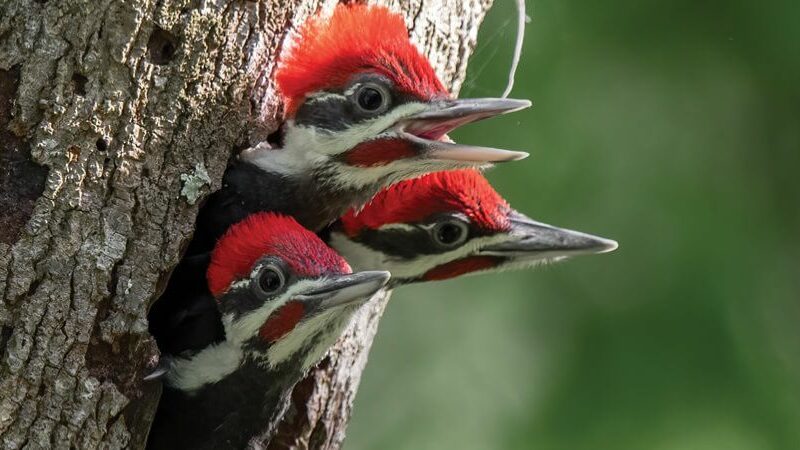Stewarding the Forest with Empathy: Tim’s Journey in Wildlife Conservation

For Tim Schomberg, the forest has always been a place of deep connection. Growing up, he spent much of his time outdoors—logging, hiking, and learning from the woods. In his early life, he developed an appreciation of the beauty and complexity of old-growth forests. In a transformative experience, he lived for a short time with a community in a tropical rainforest in Colombia, which shaped his approach to land stewardship in the years to come.
As a Buddhist and the abbot of the North Cascades Buddhist Priory, Tim believes that all beings possess inherent worth and deserve respect. This belief guided his vision for the priory’s forestland. When the monastery first began to acquire property near Yelm, WA, the land they purchased had been heavily managed for industrial timber production—the forest consisted of monoculture stands of Douglas-fir, which were dense and ecologically limited. The soil was depleted, the understory was sparse, and wildlife habitat was lacking. Tim had seen extreme examples of monoculture forestry before, and recognized the signs of a forest in need of restoration.
Determined to restore balance, Tim and the monastery community began thinning the overcrowded trees. Initially, they worked with chainsaws and tractors, but they soon realized the scale of work required professional help. They partnered with a logger and began a five-year thinning cycle to introduce more light and space into the forest. Within months, they saw native plants like wild currants and elderberries returning. The remaining trees had more room to grow, and the once-uniform forest began to transform into a much more diverse and healthy ecosystem. Tim shared details of this process with NNRG in a 2021 blog post, Some Benefits of Small Clearings in a Sustainable Forest.
Their efforts extended beyond the trees. They left standing snags to support insects and birds, fostering a habitat that attracted species like the pileated woodpecker—a species that needs mature forests with large, decaying trees.
Tim and the monastery spent years searching for a way to permanently protect the land. In 2021, they finalized an agreement with the Nisqually Land Trust, donating over 200 acres and selling an additional 40 to ensure the forest would be safeguarded for future generations. The donated forestland became Washington State’s first designated Pileated Woodpecker Preserve. One of the conditions of the donation was that the existing forest management plan be updated by NNRG’s Director of Forestry, Kirk Hanson, with the pileated woodpecker in mind.
Tim remembers the day when he first floated the idea of turning a portion of the property into a Pileated Woodpecker Preserve. As he sat at a picnic table on the Priory’s front lawn with representatives of the Nisqually Land Trust discussing the idea, a pair of pileated woodpeckers flew directly overhead just a few feet above the group of people—an encouraging sign.
Reflecting on his journey, Tim says the most important lesson for other forest stewards is empathy. “Sit yourself down in a place and ask, ‘If I were a deer, or a squirrel, or an owl, what would I need here?’” Creating spaces for wildlife—providing shelter, food, and room to move—transforms a forest into a home for countless creatures.
Looking back, Tim describes his approach as “bumbling along in the dark, trusting Something greater than myself.” Yet, through this process, he and the priory have created a lasting sanctuary for the wildlife that calls their forest home.

Leave a Reply